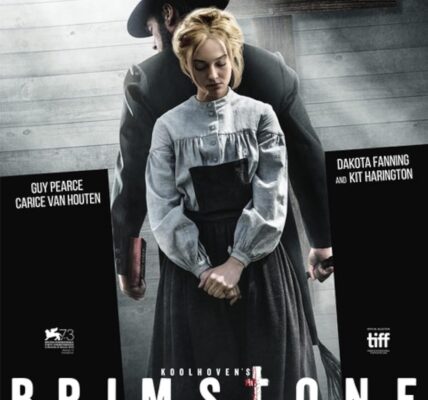1. Plot Summary 🕊️
Set in Nazi‑occupied Belarus during World War II (1943), the film follows teenage Flyora, who digs up an old rifle and joins local Soviet partisans with high hopes of heroism. But instead of glory, he encounters relentless terror, witnessing unimaginable atrocities, and eventually returns to his own burned-out village, irrevocably transformed.
2. Notable Elements
-
Unflinching Visual Style: Klimov’s bold use of intimate close-ups confronts us directly with suffering—Flyora’s wide, horror-filled eyes become a vessel for collective trauma.
-
Fluid Steadicam Sequences: Long tracking shots through bombed forests and abandoned homes immerse the viewer in Flyora’s disorienting journey.
-
Shocking Climax: The village massacre inside a locked church—where villagers are shot or burned alive—is cinematic horror at its most visceral and unforgettable.
-
Flyora’s Arc: Kravchenko’s performance captures his transformation from an idealistic boy into a grief‑haunted survivor—a portrayal often cited as cinematic genius.
3. Themes & Messages
-
War as Apocalypse: The title echoes Revelation—“Come and see”—inviting audiences to witness death, destruction, and moral collapse as if on the pale horse itself.
-
Loss of Innocence: Flyora’s journey strips him of childhood—his evolving gaze becomes numb, haunted, and prematurely aged.
-
Moral Ambiguity: Even resistance fighters face choices of retribution; flyora’s refusal to execute an infant Hitler image embodies a reluctant conscience amid chaos.
4. Personal Impressions
👍 Strengths:
-
One of the most emotionally devastating war films ever made, whose imagery lingers long after viewing.
Advertisement -
Cinematic craft is superb: the merging of poetic imagery with documentary-level atrocity creates a surreal but deeply truthful narrative.
⚠️ Weaknesses:
-
The bleak, relentless nature may overwhelm viewers seeking traditional storytelling or emotional catharsis.
-
Few character arcs beyond Flyora’s are developed, meaning secondary figures remain symbolic rather than fully formed.
5. Audience Recommendations
For those who will find meaning here:
-
Viewers interested in cinematic history’s most harrowing war films—Come and See transcends typical genre boundaries.
-
Students of film style and visual metaphor—Klimov’s use of sound, imagery, and movement is studied in film schools worldwide.
-
Fans of intense, existential narratives—this film is more lived experience than entertainment.
Not for those who seek:
-
Uplifting or hopeful stories
-
Conventional character development or redemption arcs
6. Conclusion & Rating
Come and See is not a movie; it’s a visceral odyssey into the horror of genocide and the death of childhood innocence. It withers expectations and builds empathy from dread. Few works have captured war this poetically yet ruthlessly.
Final Recommendation: Essential viewing—a cinematic milestone and moral reckoning with war. Its brilliance is matched only by its brutality.
⭐️⭐️⭐️⭐️½ 4½ out of 5 stars
Watch more:




